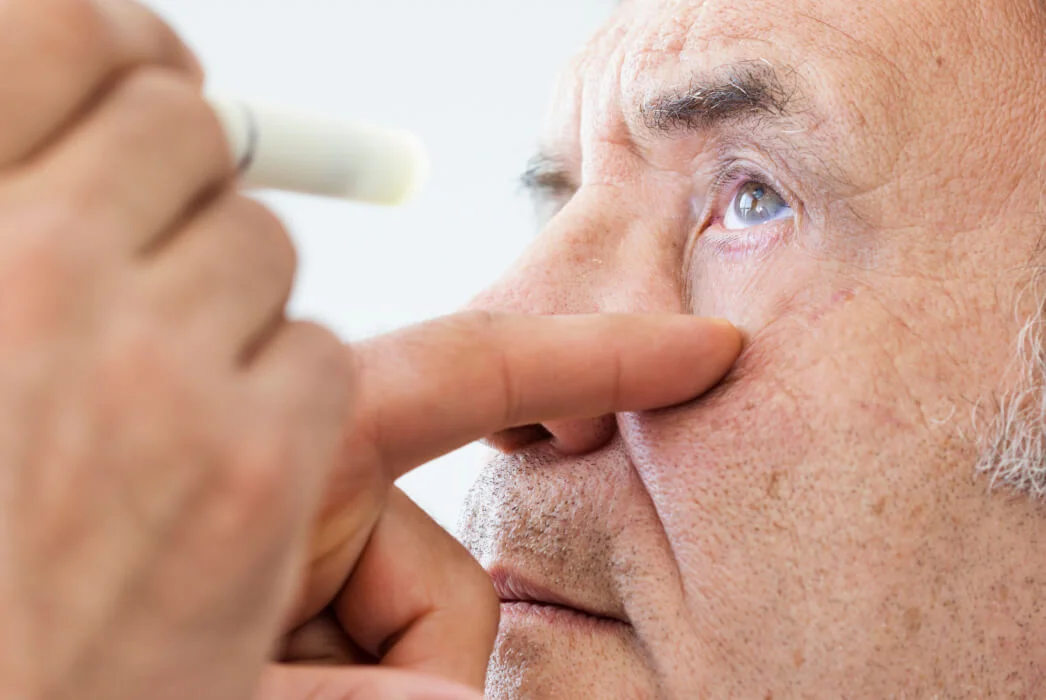Uveal melanoma treatment and management
If you are being treated for uveal melanoma, your physician’s goals may include:
- Assessing your individual risk of metastasis
- Preventing local growth of the eye tumor and minimizing any damage to ocular tissues
- Preserving as much of your vision as possible
The size and location of the eye tumor, your ability to undergo surgery, and personal preference are important factors that will help determine which treatment is best for you.
Treatment types

Eye-sparing radiation is the most common therapy
Under-treatment of melanoma can lead to tumor spread and greatly increases the risk of melanoma-specific mortality. When a patient has a distant recurrence, the five-year survival is reduced from 99.0% to 27.3% (SEER 2020). Therefore, it is critical at the time of diagnosis, to identify patients that need additional treatment and those that do not.

Proton beam therapy
Lack of treatment at the time of misdiagnosis can lead to more treatment later and higher future medical costs if the cancer spreads (Cockburn 2010).

Enucleation
The effect of potential misdiagnosis can also affect a physician’s diagnostic calibration. This is defined by Meyer et al., as the relationship between diagnostic accuracy and confidence in that accuracy. In addition, there can be a reduction in confidence for those that refer to these dermatopathologists.




